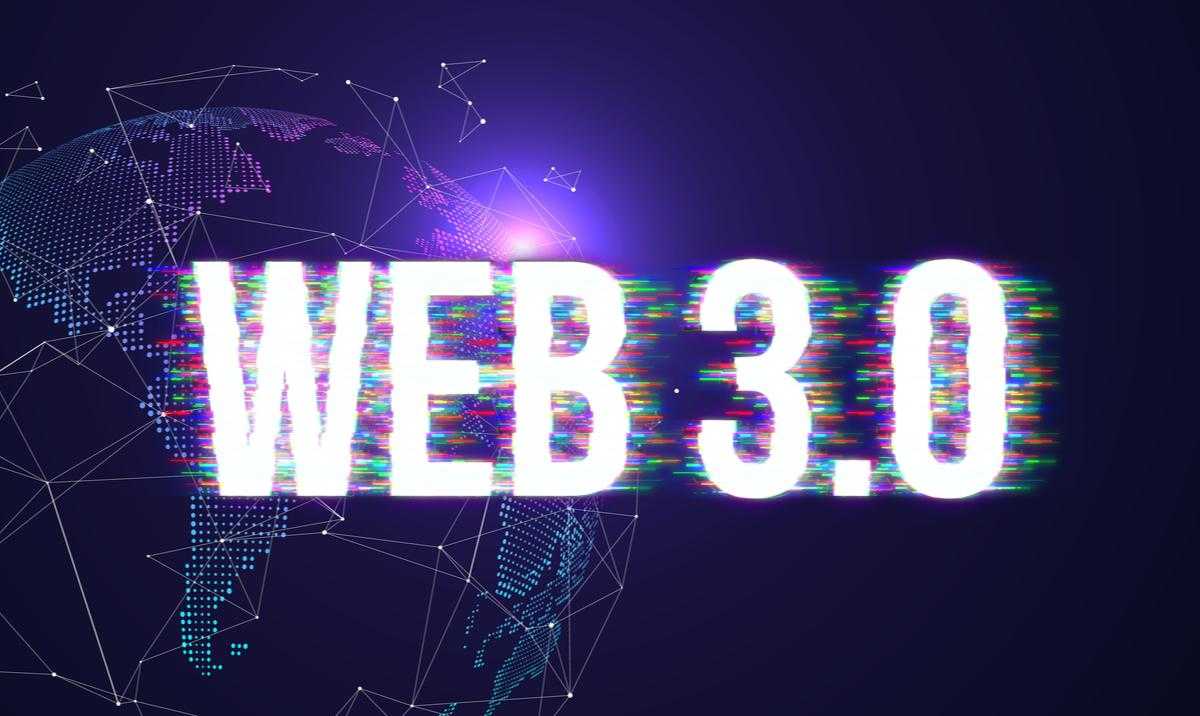Web3 has the potential to promote financial inclusion and create opportunities for the unbanked population in several ways:
- Access to Financial Services: Web3 technologies enable individuals to access financial services without relying on traditional banking infrastructure. Through Web3 applications, people can store, send, and receive digital assets, such as cryptocurrencies, without the need for a traditional bank account. This opens up financial possibilities for the unbanked population who may not have access to traditional banking services due to various barriers.
- Peer-to-Peer Transactions: Web3 facilitates peer-to-peer transactions through decentralized platforms. Individuals can directly transact with each other without intermediaries, eliminating the need for traditional financial institutions. This reduces transaction costs and allows for direct, secure, and efficient value exchange, providing financial opportunities to those who are excluded from traditional banking systems.
- Digital Identity: Web3 technologies offer the potential for self-sovereign identities, where individuals have control over their personal information and can prove their identity without relying on centralized authorities. This is particularly beneficial for the unbanked population who may lack traditional forms of identification. Digital identity solutions on the blockchain can enable individuals to access financial services and participate in the digital economy.
- Micropayments and Fractional Ownership: Web3 enables micropayments, allowing for the transfer of very small amounts of value. This is useful for the unbanked population who may have limited financial resources and need access to affordable financial services. Additionally, blockchain technology allows for fractional ownership, enabling individuals to own and transact with fractional shares of assets. This lowers the barrier to entry for investments and asset ownership, providing opportunities for wealth creation.
- Crowdfunding and Access to Capital: Web3 platforms facilitate crowdfunding and decentralized fundraising through mechanisms like Initial Coin Offerings (ICOs), Security Token Offerings (STOs), and decentralized lending protocols. These mechanisms enable individuals and businesses to access capital directly from the global community, bypassing traditional gatekeepers. This can be particularly empowering for the unbanked, who may have difficulty accessing traditional banking loans or investment opportunities.
- Global Accessibility: Web3 technologies are accessible globally, as long as individuals have internet connectivity. This provides opportunities for the unbanked population in remote or underserved areas to participate in the digital economy, access financial services, and engage in cross-border transactions. Web3 applications can be accessed through mobile devices, which are increasingly prevalent even in areas with limited traditional banking infrastructure.
While Web3 technologies offer potential benefits for financial inclusion, it’s crucial to address challenges such as digital literacy, connectivity, and the usability of decentralized applications to ensure that these opportunities are truly accessible to the unbanked. Collaborative efforts from technology providers, governments, and organizations focused on financial inclusion are essential to maximize the potential of Web3 for the unbanked population and create a more inclusive financial system.
SHARE
